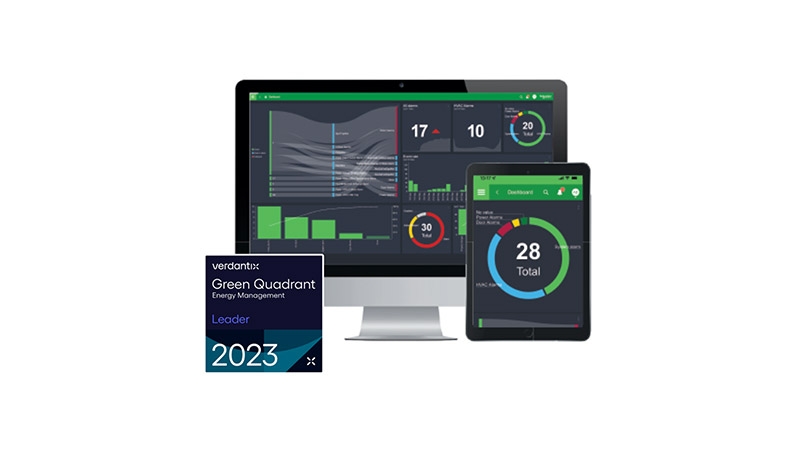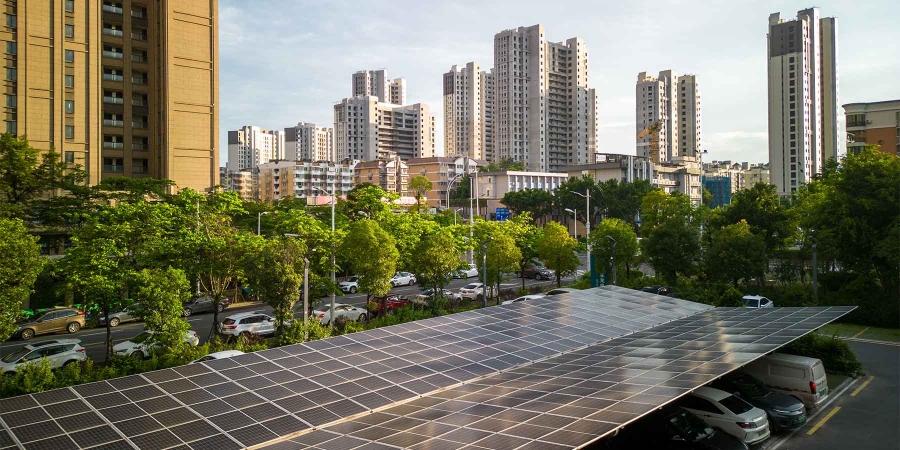1. What is included in a building management system?
A building management system is comprised of software and a collection of hardware, such as automation servers, room controllers, plant room controllers, sensors, and human machine interfaces (HMIs). EcoStruxure Building Operation, Schneider Electric's premier building management system, is powered by our software and industry-leading SpaceLogic connected devices.
2. What is the purpose of a building management system?
A building management system is used to control and monitor building operations in one central location. This includes HVAC (heating, ventilation, air conditioning), lighting, power systems, fire protection, and security systems. With an intuitive user interface, it can also make data much easier for building/facility managers and owners much easier to understand and act on.
3. What is a smart building management system?
A smart building management system is a platform for integrating building, business, device IoT data and segment-specific speciality systems such as air quality monitoring for hospitals, or room booking systems for hotels. The ultimate purpose of a BMS is to extract value from that data to operate and maintain building systems safely, reliably, and efficiently while maximising the productivity and well-being of its occupants. Next-generation systems are far broader in scope and capabilities than traditional BMS systems. They are also easier to use, programme, scale, and update. A modern, next-generation BMS implementation spans from device sensors to building controllers (i.e. the edge) to the cloud with apps and services. Accessible from anywhere, next-generation systems enable knowledge reporting, application of analytics/AI, predictive maintenance, and self-diagnosing.















